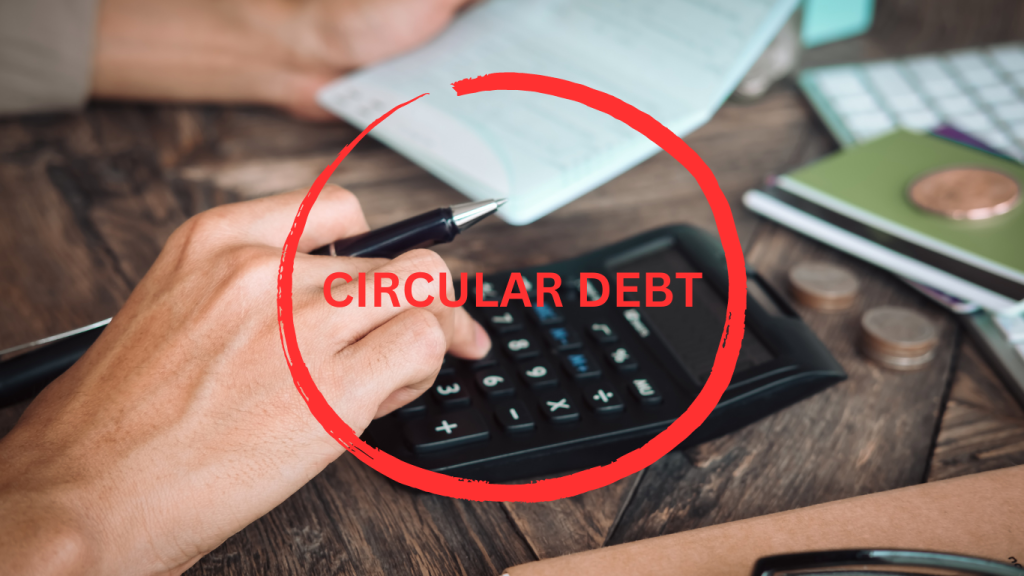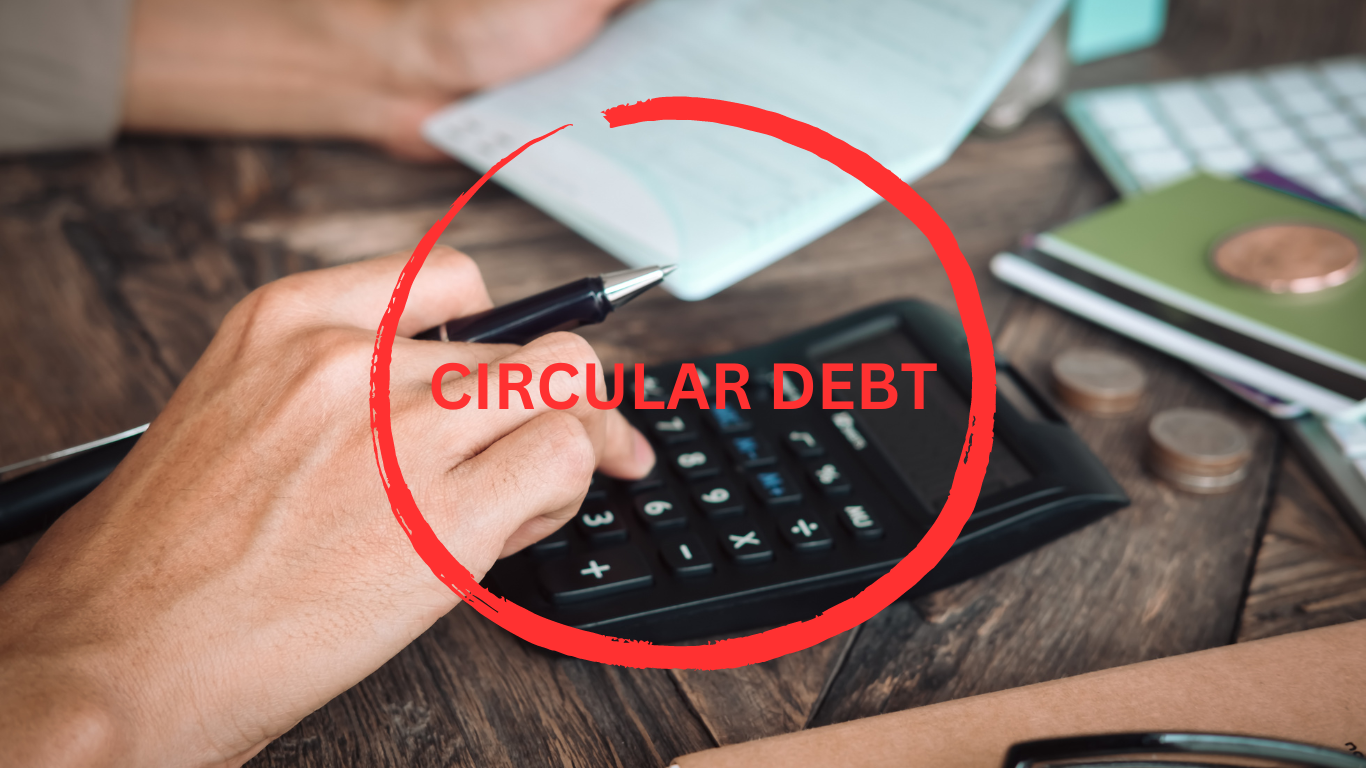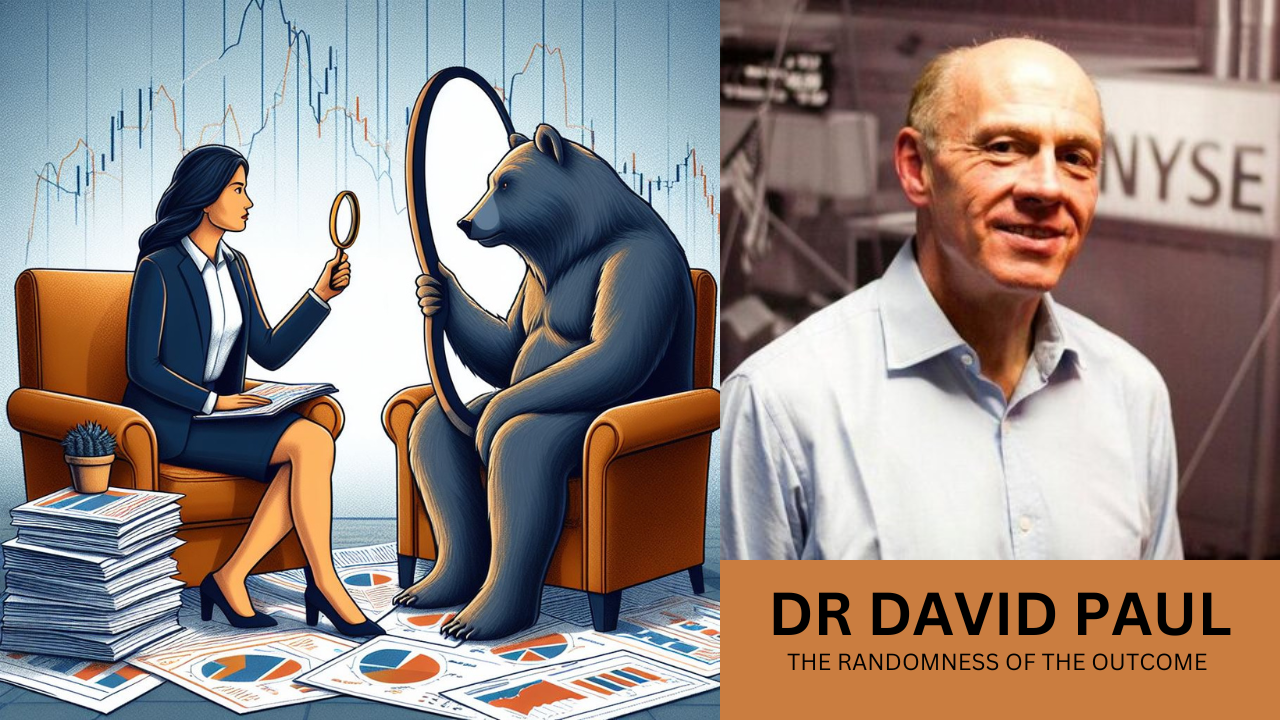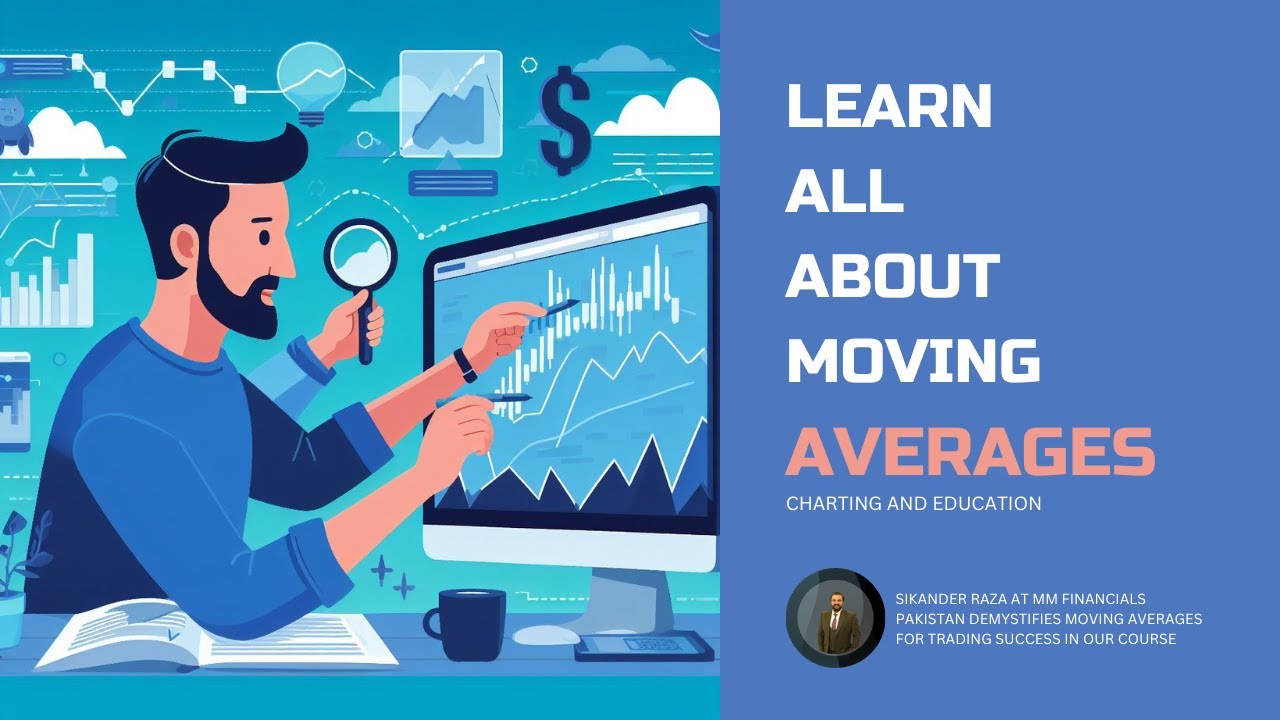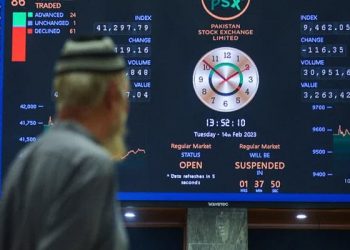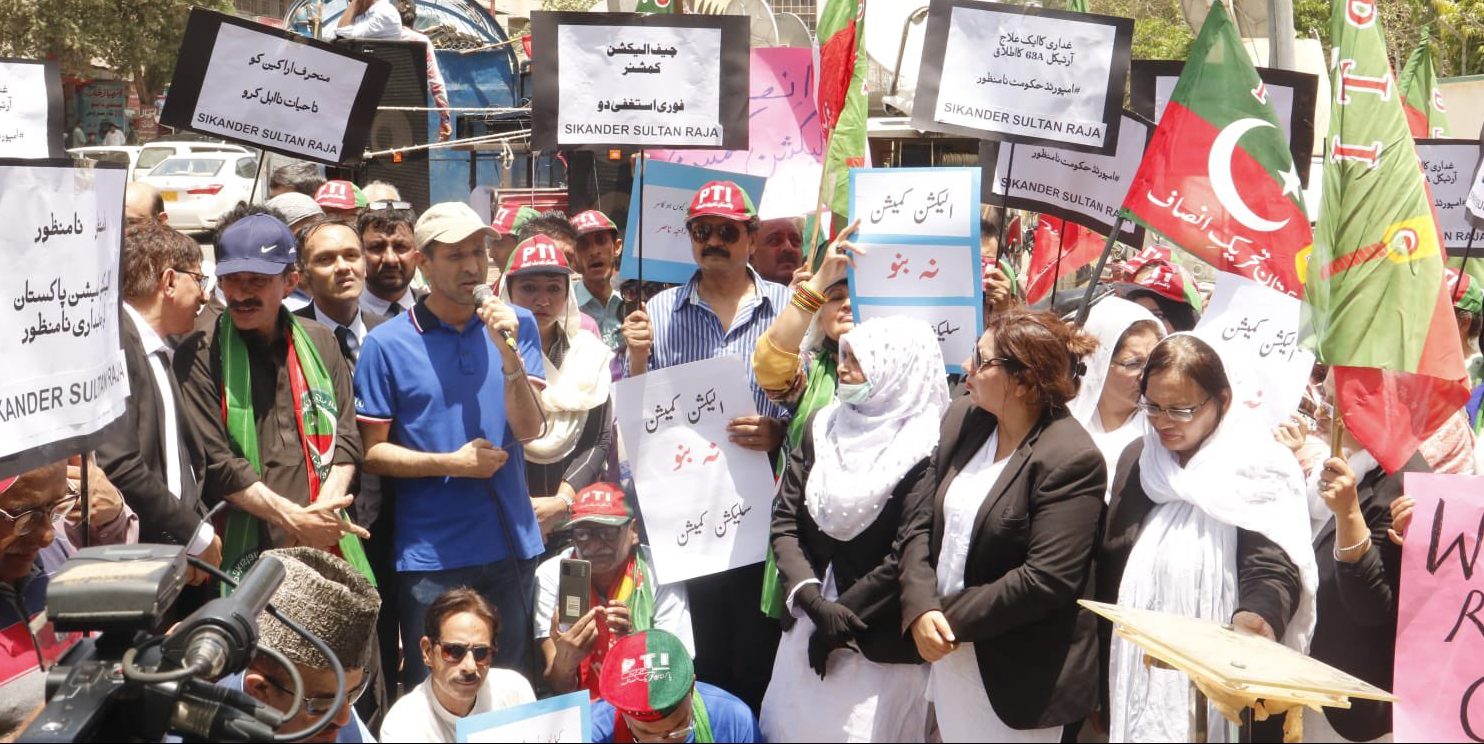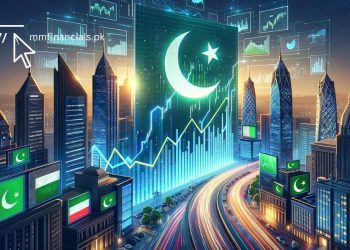Certainly! Circular debt is a financial issue that occurs within the energy sector of a country, particularly in relation to the supply and distribution of electricity. Let’s break it down into simpler terms.
1. Power Generation: Electricity is produced by power generation companies, which can include various sources such as thermal power plants, hydropower plants, or renewable energy sources like solar or wind farms.
2. Distribution: The generated electricity is then supplied to distribution companies (DISCOs) responsible for delivering electricity to consumers, including households, businesses, and industries.
3. Consumer Payments: Consumers pay their electricity bills to the distribution companies for the electricity they consume. These payments are meant to cover the costs incurred by power generation companies, including fuel costs, operational expenses, and debt payments.
4. Non-Payment: Unfortunately, some consumers may not fully pay their electricity bills for various reasons, such as financial difficulties, non-functional meters, or illegal connections. This results in outstanding debts owed to the distribution companies.
5. Revenue Shortfall: When distribution companies do not receive full payments from consumers, they face a shortfall in revenue. This means they are unable to make complete payments to the power generation companies for the electricity they have purchased.
6. Accumulated Debt: The unpaid amount owed by distribution companies to power generation companies starts accumulating over time, creating a debt cycle. This accumulated debt is known as circular debt because it creates a loop where the debt keeps circulating within the energy sector.
7. Consequences: The circular debt problem has several negative consequences. It puts a financial strain on the energy sector, affecting the operations and maintenance of power generation plants. It becomes challenging for power generation companies to procure fuel, pay their employees, and invest in infrastructure improvements. Ultimately, this can lead to power outages, load shedding, and a decline in the quality and reliability of electricity supply.
8. Government Intervention: Governments often intervene to address circular debt issues. They may provide financial support, such as subsidies or loans, to distribution companies or power generation companies to help clear the outstanding debt. However, these interventions are often temporary measures and do not solve the underlying problems causing circular debt.
To break the cycle of circular debt, long-term solutions involve improving the governance and efficiency of the energy sector, reducing power theft and losses, promoting energy conservation, implementing effective billing and collection systems, and encouraging timely payment of electricity bills by consumers.
In summary, circular debt is a financial problem that arises when payments for electricity consumption are not fully collected, leading to imbalances within the energy sector. It has adverse effects on power generation, distribution, and the reliability of electricity supply. Resolving circular debt requires addressing root causes and implementing sustainable measures to ensure the financial stability of the energy sector.
SIMPLER EXPLAINATION
Circular debt is a term used to describe a recurring problem in the energy sector of a country. It occurs when the government owes money to power generation companies, and these companies, in turn, owe money to fuel suppliers, like oil and gas companies. The problem arises because the government and power companies are unable to pay their debts promptly, leading to a cycle of unpaid bills that keeps going in circles.
As a result, power generation companies may face financial difficulties and struggle to buy fuel to produce electricity. This can lead to power shortages and blackouts, affecting industries, businesses, and people who rely on a steady supply of electricity. The circular debt issue needs to be addressed through effective financial management and energy sector reforms to break the cycle and ensure a stable energy supply.


